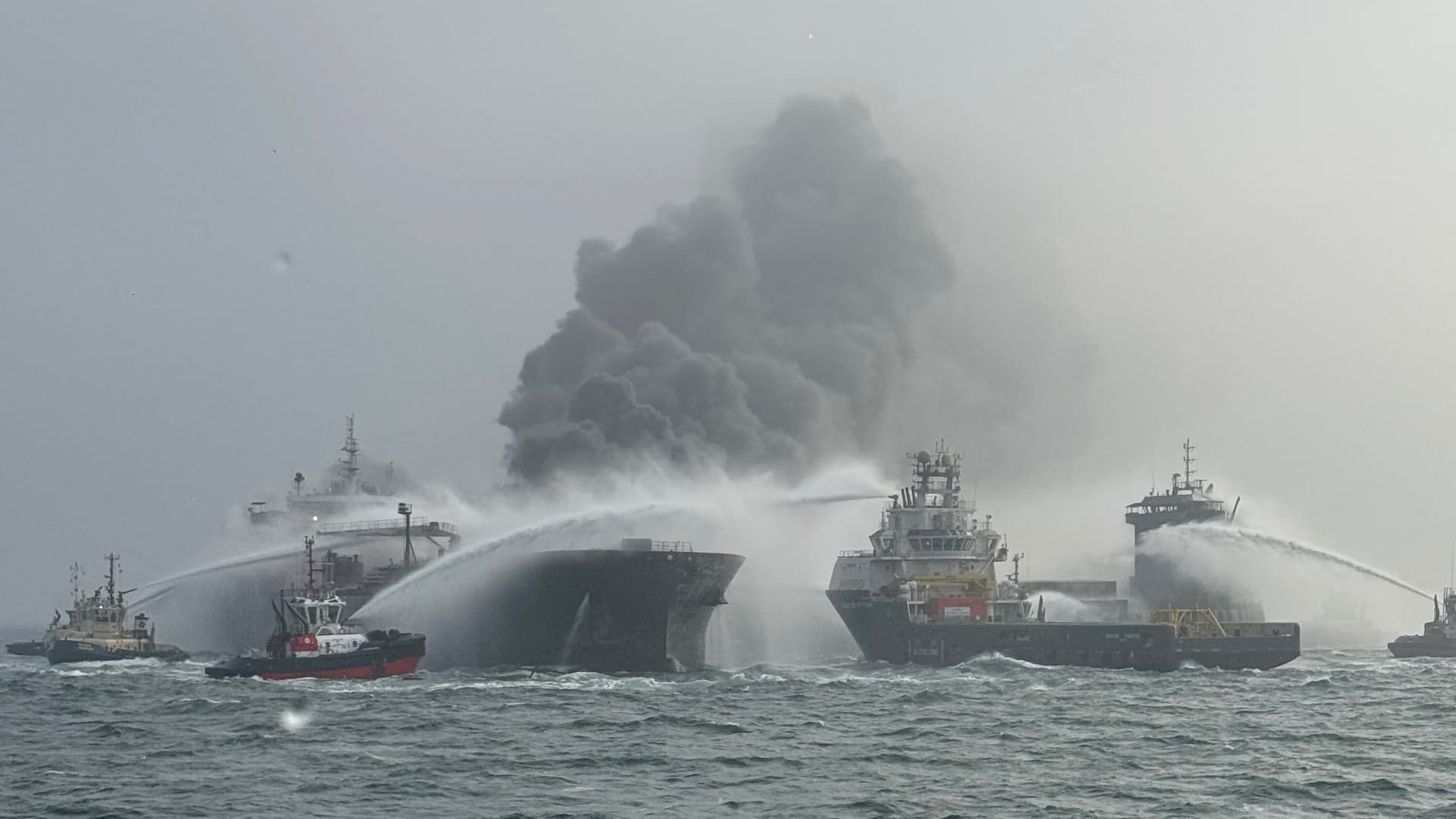G20 Meets in Africa, Pressed to Deliver Climate and Disaster Finance
The Group of 20 convenes in Africa for the first time as host officials urge wealthier nations and international financial institutions to scale up finance for climate resilience and disaster response. The summit confronts the growing gap between pledged support and the tens to hundreds of billions of dollars in adaptation needs facing vulnerable countries, with potential consequences for markets, debt sustainability and food security.

Leaders from the Group of 20 are meeting in South Africa today for the first time on African soil, centering a summit agenda around the unequal toll of climate extremes and the financing shortfalls that leave poor countries exposed. Host officials and civil society groups used the opening sessions to document local damage from storms, drought and floods, and to press richer countries and multilateral lenders to make climate finance quicker, more predictable and more accessible.
The gathering highlights a persistent policy fault line. Wealthy nations pledged at least $100 billion a year to developing countries more than a decade ago, yet recipients and independent analysts say actual flows remain insufficient to cover growing adaptation and disaster response needs. Leading international estimates place adaptation needs in developing economies at tens to hundreds of billions of dollars annually by 2030, a scale that would require a substantial scaling up of grants, concessional loans and contingent instruments from global institutions.
The financial implications are immediate. Governments of vulnerable states face rising borrowing costs as climate shocks escalate. Insurance markets are strained and private capital remains cautious in high risk areas, creating a higher risk premium on sovereign and corporate debt in many low income countries. Officials at the summit urged multilateral development banks to expand contingency funding, accelerate project approvals and reconfigure capital to lower the cost of resilience investments. Without such changes, analysts say, climate risk could become a binding constraint on growth and investment across entire regions.
Food security and debt relief are prominent items on the agenda. Delegations discussed how consecutive climate shocks have reduced agricultural output in parts of Africa, driving up import bills and balance of payments pressures. For countries already carrying elevated public debt, repeated disaster spending complicates debt servicing and raises the prospect of more frequent calls for debt treatment linked to climate and disaster clauses. Summit participants explored mechanisms such as catastrophe contingent debt instruments and scaled up insurance pools, noting that structure and speed of delivery matter for households and markets.
Diplomacy is testing the summit machinery. Some delegations flagged friction where major powers are not fully aligned with the priorities being advanced by the African host and its allies. That misalignment risks leaving gaps if key lenders or market actors do not commit new resources or endorse reforms to bank capital and lending rules. Observers say the summit will be judged on concrete finance commitments and operational changes at institutions including the World Bank and regional development banks, not on rhetoric alone.
Long term implications extend beyond immediate disaster responses. Faster, more predictable adaptation finance could lower cumulative losses, stabilize commodity supply chains and reduce the fiscal volatility that deters private investment. Failure to bridge the financing gap would likely entrench inequality between the Global North and South, exacerbate migration pressures and increase the likelihood of higher global market volatility as climate risks are increasingly priced into sovereign and corporate valuations. The summit’s outcomes will therefore matter not only for affected communities but for global financial stability and long term growth prospects.


